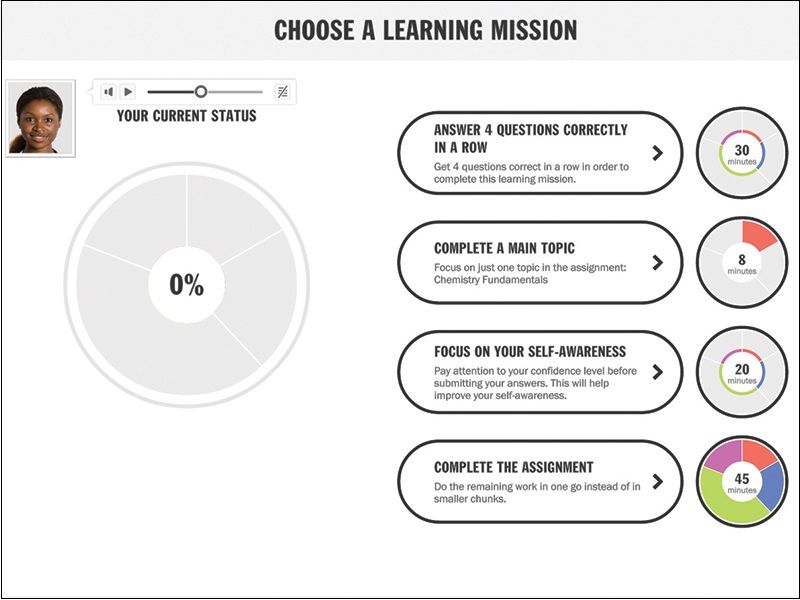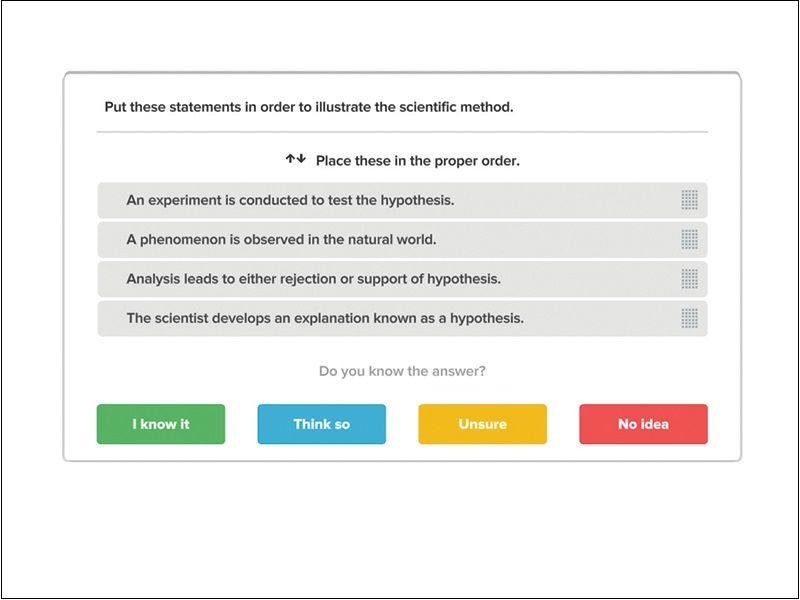How to Implement LearnSmart® Prep for Nutrition
Published March 9, 2020

Students enrolled in an introductory college-level nutrition course have varied backgrounds and levels of preparation before taking the course. In addition to nutrition for majors, it is customary for schools to offer “non-majors’” and “mixed-majors’” classes which means anyone can take the course without completing prerequisites. “Non-majors”’ classes are designed for students without life science background, and “mixed-majors” may include both students on a life science pathway and those taking the course for general education credits. While this benefits students who aspire to learn more about nutrition, it is challenging as general education students may lack the necessary understanding of life science.
My experience shows that drop-fail-withdraw (DFW) rates in nutrition classes vary and can be up to 50%. Student comments indicate this lack of success may be related to being unprepared for preparatory concepts that support learning in all levels of nutrition. With so much topic content in our courses, we are challenged to teach the complex issues of nutrition without devoting substantial time to these concepts.
What can we do to help all students be prepared? One solution is the implementation of LearnSmart Prep for Nutrition, published by McGraw-Hill.
LearnSmart Prep helps nutrition students thrive in their coursework by helping them solidify their knowledge in the fundamentals of science, math, and statistics. Using super-adaptive technology, the program identifies what a student doesn’t know and then provides “teachable moments” designed to mimic the office-hour experience. When combined with a personalized learning plan, an unprepared or struggling student can engage with the tools needed to quickly and effectively learn the foundational knowledge and skills necessary to be successful in a college-level nutrition course. Professors can also use the data from LearnSmart Prep to assess areas where students globally need support, developing course curriculum to enhance further learning needs and creating equity in the classroom.


I know that you are thinking this is great, but the challenge comes back to access. McGraw-Hill provides courtesy access to Connect® Nutrition. Students can have access for 14 days before paying for the product. This provides access to all students while class rosters are being finalized. It allows students to get their bearings as they have multiple challenges and demands on their resources. Providing access to all students at the start of the term empowers them to effectively and efficiently assess what prerequisite information to review prior to becoming overwhelmed with more advanced concepts.
Over the past several years, users of McGraw-Hill’s LearnSmart Prep have compiled the following implementation ideas to help address some of the obstacles of getting students access to and recognizing the benefits of Prep. If you have a strategy not listed below, please feel free to send it along to: tamara.hodge@mheducation.com. We will make sure to add your suggestion to our list.
Implementation Ideas:
- Offer a Summer/Winter Bridge Program or Student Boot Camp:
- LearnSmart Prep for Nutrition used as one component of student assignments
- LearnSmart Prep for Nutrition used as the only component for curriculum
- Assign LearnSmart Prep for Nutrition the first day of class and have students complete in the first 1-2 weeks of the course for purposes of remediation and getting all students up-to-speed.
- Use LearnSmart Prep for Nutrition as a remediation assessment tool after the first exam for those who perform below a specified threshold. Students and professors can identify in which areas students need further support.
- Use LearnSmart Prep for Nutrition as a requirement for students who drop/fail the course before they can take the course again.
- Assign LearnSmart Prep modules during your Nutrition course to give your students a quick refresher on these topics. For example, students may complete the biology fundamentals before discussing homeostasis of blood glucose.
- For instructors using a flipped classroom andragogy, assign LearnSmart Prep modules for Nutrition prior to class and create active learning addressing areas needing remediation.